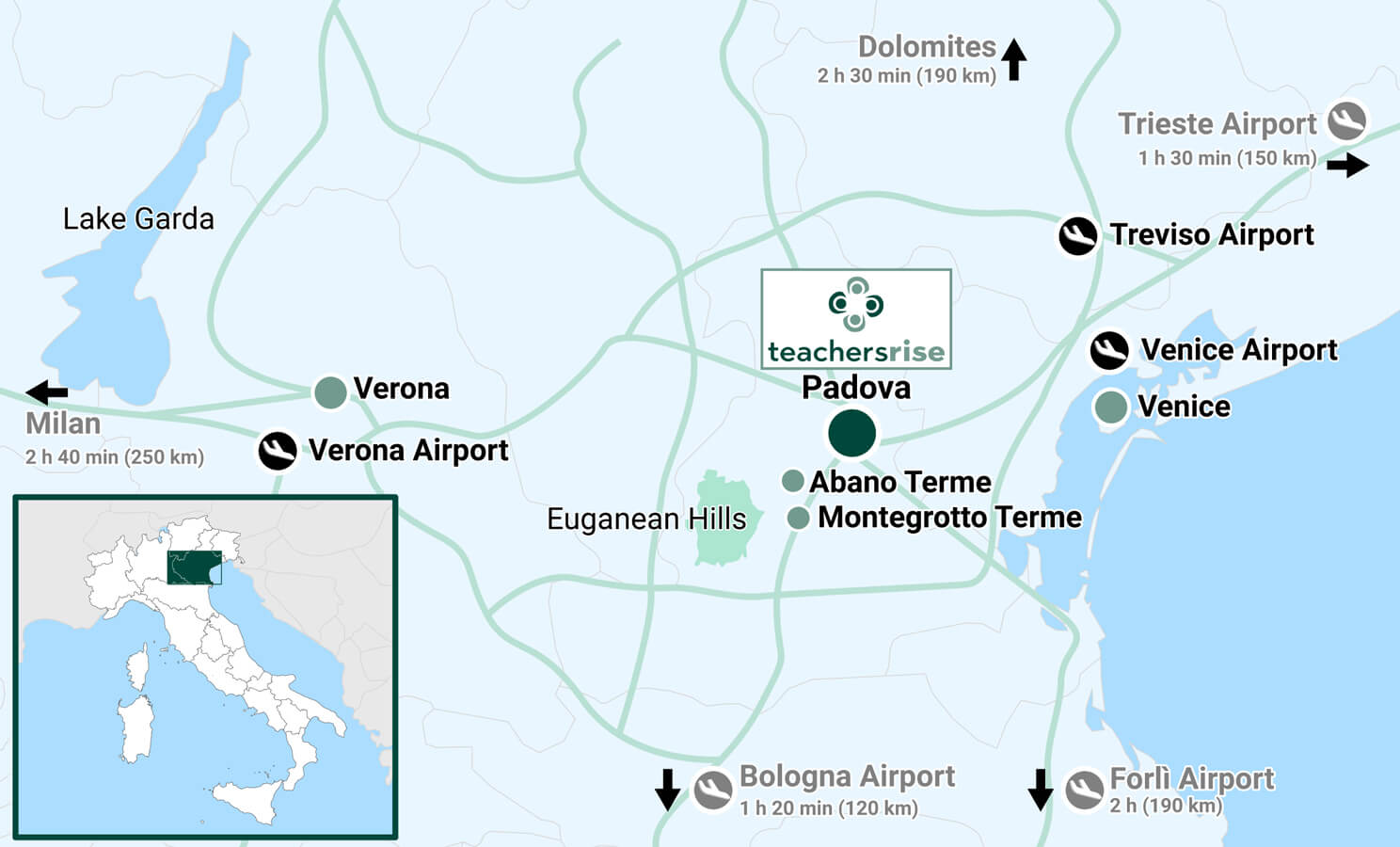Location

Location
You can filter courses based on arrival or departure dates within the selected months.
No location URL in Locations

You can filter courses based on arrival or departure dates within the selected months.